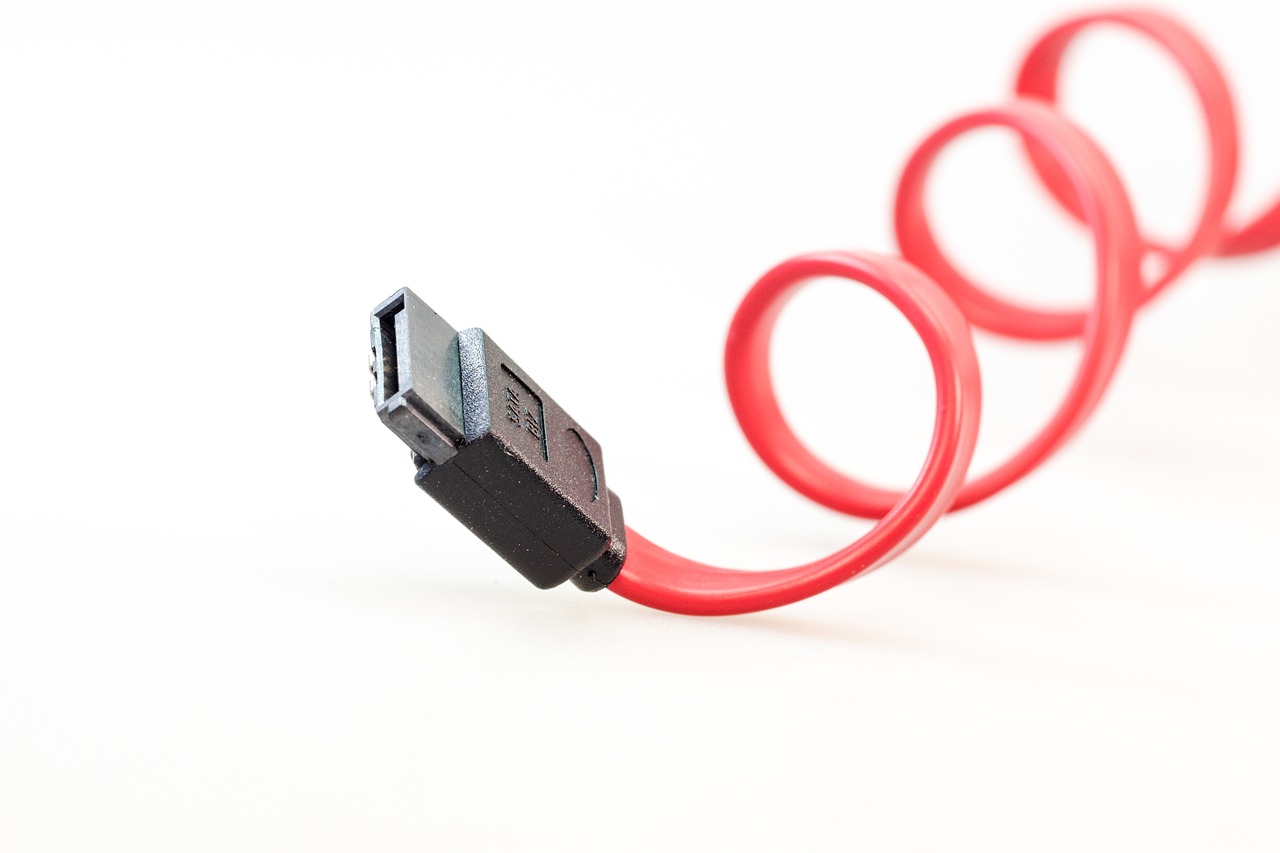
I hear it a lot, SATA is dead, long live SATA. But what really is the future for SATA?
What is SATA and how did we get here?
SATA - the perfect replacement for IDE. It was fast, it was serial, it was small and it was easy to use. But those days are far away now because SATA overtook IDE in the early 2000s as the main internal connection between a motherboard and a disk. Prior to SATA, you used Ultra DMA133, a parallel connector, capable of using two drives per connector (one master and one slave) and 133MBps (1.064GBps) speeds. It was very slow, but then remember so too were the drives they were talking to.
So along came the future - serial. Serial was always set to be the future and I've written many times about why the change from parallel connectors to serial was a good move. Serial promised better speeds and from the point of view of drives the option to include many more drives as well as a much simpler setup. Gone were the days of setting the jumper on the back of a drive to slave or master and instead the drives featured a point-to-point interconnect. With a point-to-point interconnect like SATA, many more drives were supported by a system. Plus point-to-point meant smaller connectors on drives, better energy efficiency and the cost of implementation went down. SATA was here baby!
I can never forget my very first SATA-based machine - an HP DC7600. It featured SATA II (SATA I didn't actually last that long). I couldn't believe how much easier it was to set up a drive in a system and how clean it looked comparatively.
So all was good with SATA and it looked like it would keep getting speed bumps every so often since SATA went from 1.5Gbps to 3.0Gbps and eventually to 6Gbps (half-duplex). But it wasn't designed with solid-state drives demanding the highest performance possible in mind.
With the release of USB 3.0 and SATA III in 2008, these faster connections were making the fast connections of old redundant (eSATA was only a year or so old and wasn't getting much attention and FireWire was deemed too expensive for most) as they were providing speeds too high for them to use. Thunderbolt released in 2010, however, changed that.
Thunderbolt was capable of 10Gbps in an external connector which meant that drive writes had to be quick. SATA III with the 6Gbps speeds wasn't capable of even matching Thunderbolt's speeds. This was when SSDs began to really appear too - so SATA was now becoming a bottleneck.
With Thunderbolt came another big problem for SATA, a problem that didn't take form until later in the year 2011 when Intel's Ivybridge took over from Sandybridge. That problem was PCI Express version 3.0.
PCI Express version 3.0 paved the way towards the future of SATA. For a while, SATA embraced it with technologies such as SATA Express - one of the most disastrous connectors for drives of all time with almost 0 drives being available for it. It also improved the key drives we are used to today (M.2) through mSATA. By the end of 2011, just a year after the release of PCI Express version 3.0, PCI Express-based solid storage was available and offering massive increases in performance and capacity. This spelt doom for SATA.
By this point, to people who were clued up about this (like me), it made sense that PCI Express was the way forward. Moving along to 2014, the NVMe specification became standardised. This was the final nail in the coffin for SATA. Or was it?
The coexistence of SATA and NVMe
For a long time now, SATA and NVMe have coexisted, meaning you have the choice of the slower connector for those older drives (that can easily be used as data redundancy) or the more modern connector for those extremely fast drives. So, ultimately, SATA still has a place for now. Will it one day disappear, I very much doubt it will be any time soon, but it will vanish from certain form factors, particularly from laptops and small form factor computers.
A typical SATA drive draws a considerable amount more energy than an NVMe drive running at the same speed with the same capacity, whilst it also requires more physical space (unless we are discussing the mSATA standard, which is pretty much gone now). These issues are what declare SATA dead in such form factors, where both space and power draw are the two key factors in deciding on the components.
Limitations of NVMe
In all of its glory, NVMe is expensive comparatively. But this is also changing and very soon we'll have NVMe drives that match in price to our standard SATA drives. The other main limitation of NVMe is the fact that it is directly connected to the PCI Express bus meaning it requires a certain number of lanes. Those lanes have to come from somewhere and that somewhere is either the PCH or CPU, and both of these are limited to how many lanes they can provide. This means that we are limited in how many NVMe drives we can use with a system.
SATA is here to stay. For now.
SATA still has a place and a role to play for the foreseeable future. It's not going anywhere for a little while for now, but we are starting to see the number of SATA connectors dropping on modern motherboards, including enthusiast motherboards. There's not much we can do about this but embrace the newer technology that is NVMe.



